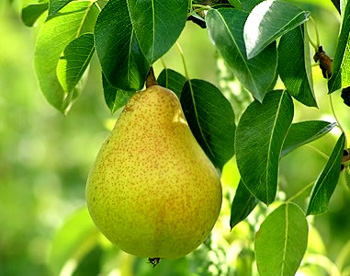 Economy of Dehradun District is agrarian in character. Agriculture in Dun Valley is carried in the same way as in the plains, but in the hill areas, it requires hard labour and skill. The facilities for irrigation from canals and rivers are abundant in Dehradun District but there is a great deficiency of manure. Cultivation in the hill tract of Dehradun tehsil and throughout the Jaunsar Bawar area is of two descriptions, regular and intermittent. The hills, however, contain very little level ground and terraced cultivation is prominent in the region. Intermittent cultivation consists of small patches of hill sides cleared of shrubs and grass usually by fire. These patches are cultivated for a year or so and then left fallow both to recuperate and also to enable the coarse grass to grow.
Economy of Dehradun District is agrarian in character. Agriculture in Dun Valley is carried in the same way as in the plains, but in the hill areas, it requires hard labour and skill. The facilities for irrigation from canals and rivers are abundant in Dehradun District but there is a great deficiency of manure. Cultivation in the hill tract of Dehradun tehsil and throughout the Jaunsar Bawar area is of two descriptions, regular and intermittent. The hills, however, contain very little level ground and terraced cultivation is prominent in the region. Intermittent cultivation consists of small patches of hill sides cleared of shrubs and grass usually by fire. These patches are cultivated for a year or so and then left fallow both to recuperate and also to enable the coarse grass to grow.
In Dehradun District there are two harvests, the kharif sown in June or little earlier in the hills and reaped in September and October and the rabi sown in October-November and reaped in march in the plains and in April and May in the hills. Paddy is one of the most important kharif food crops cultivated in the district. Many kinds of Rice are sown in the area, both superior and interior. The district is famous for its basmati rice. Other important kharif crops are Maize, mandus, jhangora, sonk, kulath, arhar and Sugarcane. Wheat is principal crop of Rabi and is grown in almost all parts of the district. Barley and mustard are other important Rabi crops. Important fruits grown in Dehradun District are mango, guava, peach, grape, strawberry, pear, lemon and litchi. Dehradun is famous for its litchi. Among vegetables, potato is the most important crop. Potato cultivation in Mussoorie hills is an old and established industry. Besides, catering to the needs of the town of the district, a considerable portion of the production of potato is exported to other districts of the state.
Animal husbandry is another major sector of economy of Dehradun District. Livestock plays an important role in rural areas in raising the income of small scale farmers. Cows and buffaloes are the main sources of milk, sheep and goats are also reared in great numbers. Wool is of immense importance and is used for making home-spun woollen cloth and blankets. The production of milk however is very low. Action is being taken for the improvement of breed of the cattle. There is ample scope for poultry development in Dehradun District.
Economy of Dehradun District also includes several industries. Like for instance, tourist industry possesses tremendous possibilities of development. Many institutions of national importance like the Forest Research Institute; Oil and Natural Gas Commission; Indian Military Academy; Indian Institute of Petroleum and Survey of India etc. are located in Dehradun, which makes it a place of national importance attracting tourists in large numbers. Further, a variety of items are produced in small scale units of industries like dairy, canning and preservation, bakery, chocolate, teal, malt, textiles, card board boxes, printing, timber goods, steel furniture, liquor, Ayurvedic medicines, resin and turpentine, tubes, leather products, musical instruments, optical lenses, miniature bulbs, medical instruments, agricultural implements, utensils and hospital equipments, sewing machines and metal goods, etc. In the rural areas of Dehradun District there are several cottage and village industries like wool industry, handloom cloth, power loom, durries, tailoring, oil, rice, baskets, cots and mats, walking sticks, pottery, brick kilns and leather. Further, under the sericulture scheme, Government Control Silk Farm was established in the district.



















